Bent Boat Anchor Shank: Common Causes and Prevention Tips

If you're an experienced boater, chances are you've had to tussle with a stuck anchor or two in your lifetime. While the battle may be intense, most of the time the anchor will finally give up its hold and make its way to the surface with only a few bumps and bruises. However, rare circumstances can arise in which forces applied to your anchor are so great that the shank can start to give way and bend. In this article, we will discuss common causes and prevention tips to help you avoid finding yourself in such an unlucky predicament.
Decades ago, the shanks of recreational anchors were considerably thicker than the types of anchors we typically use today. The main reason for this was the steel available back then wasn't as strong as it is today, so manufacturers had to beef these sections up to handle the stresses of anchoring. Over the years, however, we've found that thinner shanks allow the anchor to set more deeply and provide much more holding power than the thicker shanks. As the quality of steel has improved, shank size has slimmed down to provide the optimal balance of holding power and toughness.
Common Causes of Bent Anchor Shanks
Numerous factors can ultimately lead to a bent anchor shank, but the majority of the time this is caused either by a bad snag or from the boat shifting its load in a perpendicular direction from the anchor set. Usually the load on the anchor is in line with the shank, but when wind, current, tide, or a snag shifts the load 90 degrees or so to the shank, this force can be great enough to push the shank past its limits.

Typically an anchor can reorient itself back in line with the boat if the current is slow enough, but a faster current can shift this direction 90 degrees or more, leaving your shank in a vulnerable situation. If an attempt to haul the anchor is made while the shank is perpendicular to the boat, this force will transfer to the shank and may cause it to bend. Similarly, if an anchor becomes snagged on an immovable object, attempting to retrieve the anchor at a perpendicular angle may also lead to a damaged shank.
Tips For Preventing A Bent Shank
- Start by making sure you've selected the correct anchor to meet your needs. Avoid using an underweight anchor for your boat and the conditions or the wrong type of anchor for the bottom.
- Avoid anchoring in areas known for rocky terrain, submerged logs, oyster beds, or near other hazardous obstacles that may lead to a snag.
- If anchoring in inclement weather, you should be aware that strong wind or current will increase the load on your anchor. This additional force can increase your anchor's chances of becoming misaligned with the load, so use extra caution when anchoring in severe conditions.
- Always allow the correct amount of scope to keep your anchor firmly in place and prevent it from dragging itself into a potential snag.
- Take the time to reset your anchor as a precaution if you find your angle has changed significantly from your original position.
- If your anchor does become stuck, follow these guidelines for retrieving a fouled anchor to minimize the possibility of damage during retrieval.
When it comes to anchoring, the most important thing is that the anchor holds. Anchors that don't set well tend to break free, leaving you and your vessel in danger of drifting into hazardous situations. While a bent anchor is a headache, the potential risks to you and your craft can be far worse from an uncontrolled drift. Keep yourself safe by understanding the risks and knowing what to do in case you find yourself in a similar scenario.
Published
Recent Posts
Windlass Problems? Common Issues and How to Fix Them
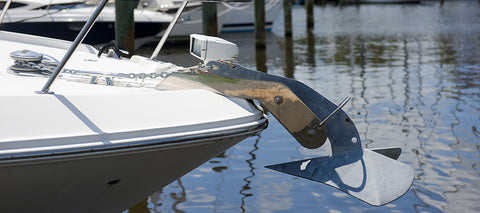
Let's look at common issues with windlasses and how to address them:
1) Windlass Won’t Run in Either Direction
2) Solenoid Clicks, but Windlass Won’t Move
3) Windlass Lacks Power to Haul the Anchor
4) Rode Gets Jammed or Doesn’t Come In
Our history: a 20 year journey

Boat Cleaning Tips for Anglers: Keeping Your Vessel Spotless and Pristine

Avast, Ye Mariners! Master the Art of Docking: A Swashbuckling Guide for Boaters
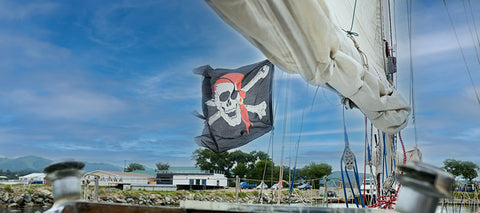
Top Reasons to Keep a Boating Maintenance Log
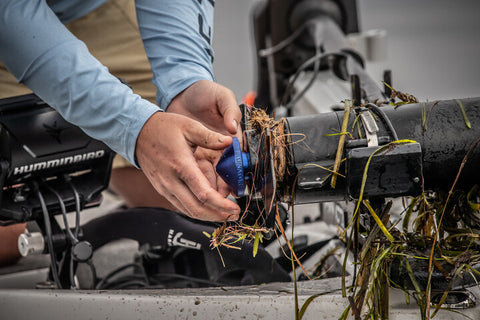
4 Top Tips for Buying a New-to-you Used Boat
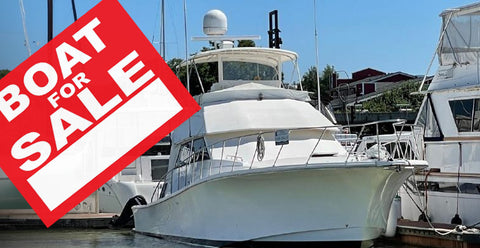
Prepare Your Boat For An Above Average Hurricane Season
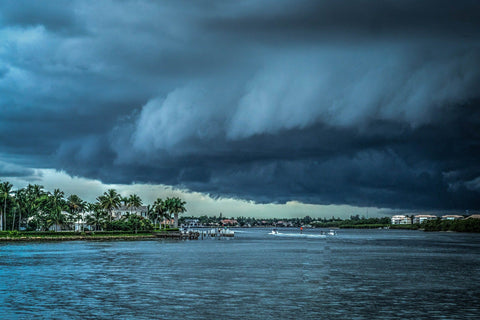
Best Methods For Anchoring Your Jet Ski in Deep or Shallow Water
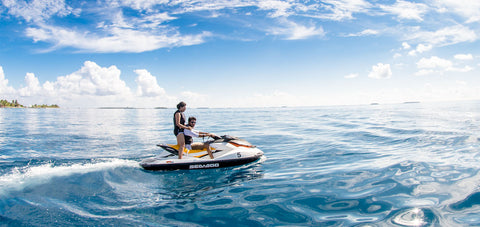
Best Options For Connecting Your Boat To WiFi Internet
